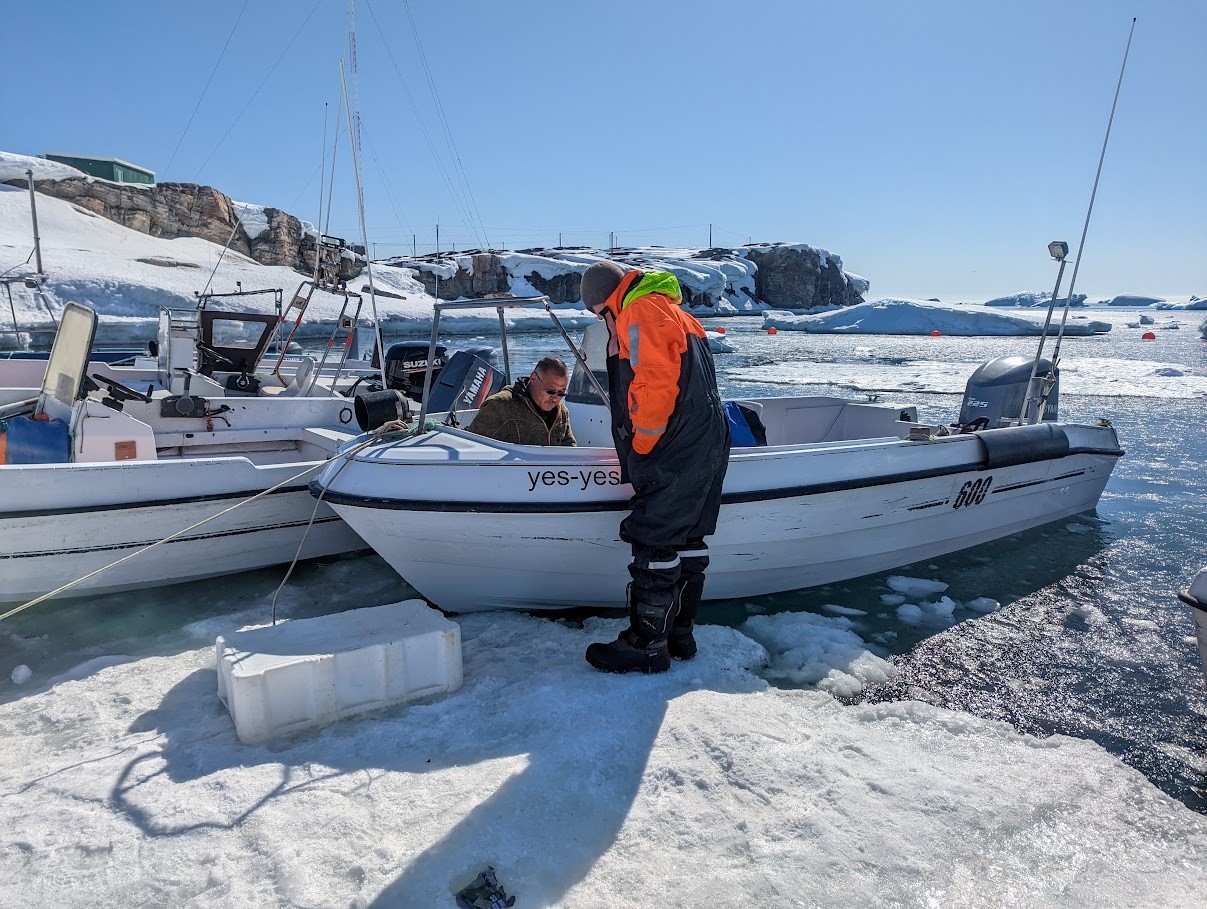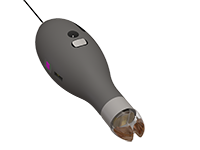Exposure to Domoic Acid is an Ecological Driver of Cardiac Disease in Southern Sea Otters
A 16-year study of 186 sea otters in California demonstrated the deadly health effects of long-term Domoic Acid (DA) exposure. DA is a toxin that causes neurological and cardiovascular issues. Researchers developed a novel, composite metric for DA exposure, which combined three environmental monitoring datasets...


